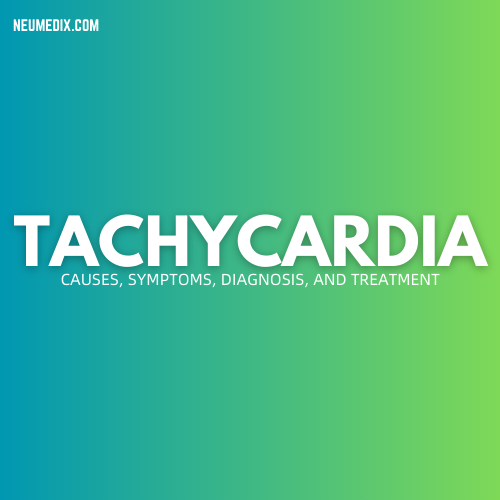1. Introduction to Tachycardia: Tachycardia is a condition characterized by a rapid heart rate, typically defined as a resting heart rate greater than 100 beats per minute. While occasional episodes of tachycardia can be normal, persistent or recurrent episodes may indicate an underlying health issue.
2. Causes of Tachycardia:
- Stress or anxiety
- Physical exertion or exercise
- Fever or dehydration
- Medications, such as stimulants or certain asthma medications
- Hormonal changes
- Heart conditions, including heart disease, heart valve disorders, or abnormal heart rhythms (arrhythmias)
- Electrolyte imbalances, such as low potassium levels
- Thyroid disorders, such as hyperthyroidism
- Alcohol or substance abuse
- Smoking
3. Symptoms of Tachycardia:
- Rapid heartbeat or palpitations
- Dizziness or lightheadedness
- Shortness of breath
- Chest pain or discomfort
- Fainting or near-fainting spells (syncope)
- Fatigue or weakness
- Sweating
- Anxiety or nervousness
4. Diagnosis of Tachycardia:
- Medical History and Physical Examination: A healthcare provider will review the patient’s medical history and perform a physical examination, including measuring the patient’s heart rate and blood pressure.
- Electrocardiogram (ECG or EKG): An ECG is a non-invasive test that records the electrical activity of the heart. It can help identify abnormal heart rhythms and patterns associated with tachycardia.
- Holter Monitor: A Holter monitor is a portable device worn by the patient to continuously record the heart’s electrical activity over a period of 24 to 48 hours, allowing for the detection of intermittent arrhythmias.
- Blood Tests: Blood tests may be performed to assess for underlying conditions, such as thyroid disorders or electrolyte imbalances.
5. Treatment of Tachycardia:
- Management of Underlying Causes: Treatment of tachycardia depends on the underlying cause. For example:
- Medications may be prescribed to control heart rate and rhythm.
- Lifestyle modifications, such as reducing stress, avoiding stimulants, and staying hydrated, can help prevent episodes of tachycardia.
- Treatment of underlying medical conditions, such as heart disease or thyroid disorders, may be necessary to manage tachycardia.
- Cardioversion: In some cases, electrical cardioversion may be performed to restore normal heart rhythm by delivering a controlled electric shock to the heart.
- Catheter Ablation: Catheter ablation is a procedure in which small areas of the heart tissue that are causing abnormal electrical signals are selectively destroyed to restore normal heart rhythm.
- Implantable Devices: For individuals with recurrent or life-threatening tachycardia, implantable devices such as pacemakers or implantable cardioverter-defibrillators (ICDs) may be recommended to monitor and regulate heart rhythm.
6. Conclusion: Tachycardia is a condition characterized by a rapid heart rate, which can be caused by various factors, including stress, heart conditions, and hormonal imbalances. While occasional episodes of tachycardia may be normal, persistent or recurrent episodes may require medical evaluation and treatment. Treatment of tachycardia aims to control heart rate and rhythm, address underlying causes, and prevent complications. Early diagnosis and appropriate management are essential for improving outcomes and reducing the risk of complications associated with tachycardia. If you experience symptoms of tachycardia, it is important to seek medical attention promptly for evaluation and appropriate management.




